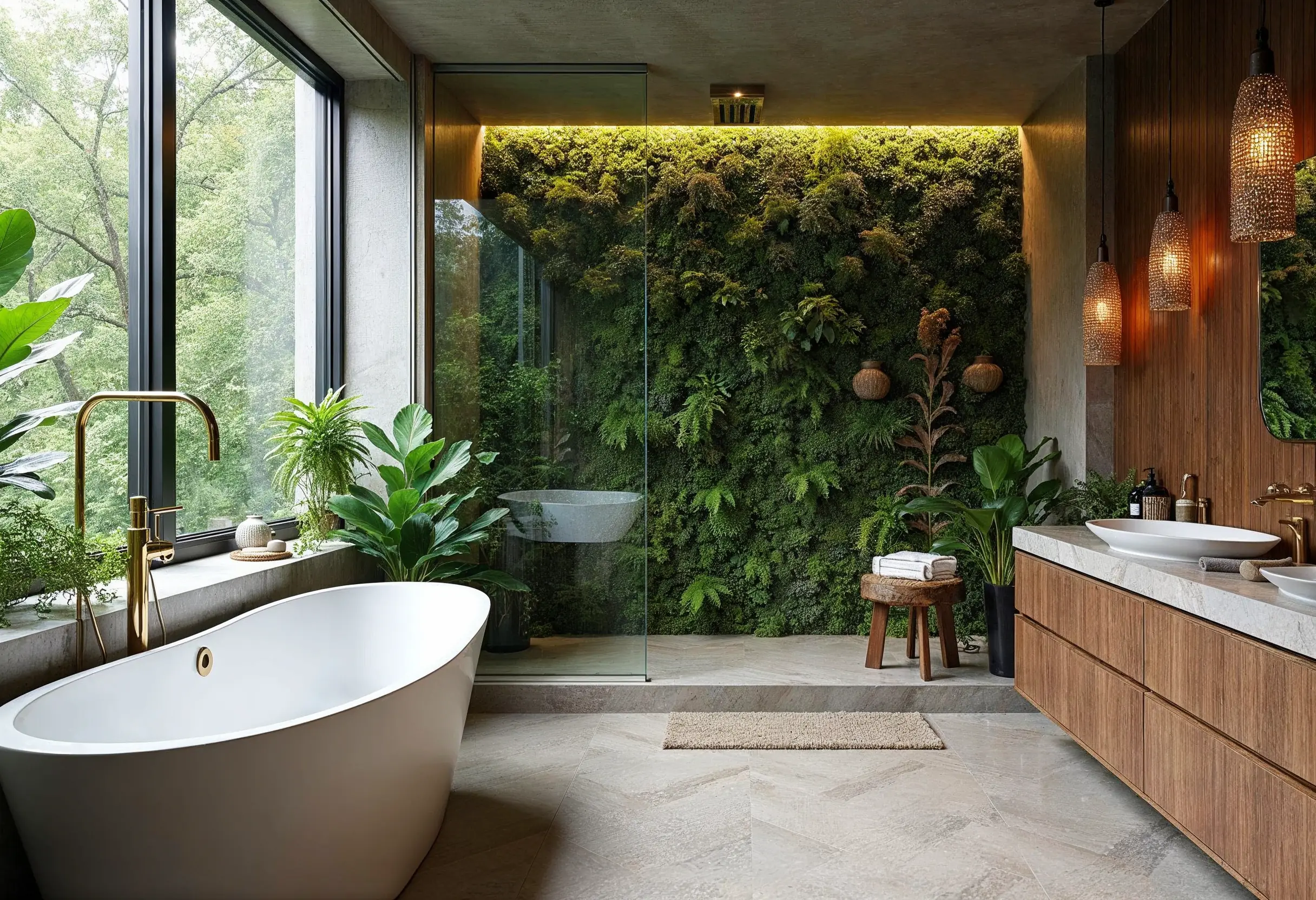Let’s be honest—city living isn’t always kind to our connection with nature. Concrete jungles, cramped apartments, and that one sad potted plant struggling by the window. But what if you could transform even the tiniest urban space into a lush, calming retreat? That’s where biophilic design comes in.
What Is Biophilic Design? (And Why It’s Not Just for Big Houses)
Biophilic design isn’t about turning your apartment into a greenhouse—though, sure, that’d be nice. It’s about weaving natural elements into your space in ways that reduce stress, boost creativity, and make small rooms feel… well, less like shoeboxes. Think textures, light, airflow, and subtle nods to the outdoors.
The Science Behind It
Studies show that exposure to nature—even indirect—lowers cortisol levels and improves focus. In fact, a 2019 report found that biophilic workspaces increased productivity by 8%. Not bad for a few strategically placed plants, right?
Small-Space Biophilic Hacks That Actually Work
No balcony? No problem. Here’s how to fake it ’til you make it:
- Vertical gardens: Use wall-mounted planters or hanging pots to save floor space.
- Nature-inspired textures: Jute rugs, wooden shelves, or stone coasters add earthy vibes without clutter.
- Light tricks: Mirrors opposite windows double natural light—and make rooms feel larger.
The “Plant Parent” Starter Pack
Not all plants thrive in dim apartments. Try these low-maintenance options:
| Plant | Light Needs | Bonus |
| Snake Plant | Low | Purifies air |
| Pothos | Medium | Grows fast (instant jungle feels) |
| ZZ Plant | Low | Survives forgetful waterers |
Beyond Plants: Sneaky Ways to Fake Nature
If you’re allergic to greenery—or just terrible at keeping things alive—try these:
- Nature sounds: A small tabletop fountain or white noise app with rain sounds.
- Organic shapes: Round tables, curved vases, or wavy-patterned pillows mimic natural forms.
- Seasonal rotation: Swap decor (like pinecones in winter or seashells in summer) to stay connected to outdoor rhythms.
The “5-Minute Refresh” Trick
Rearrange furniture to face windows, open blinds fully each morning, or display a bowl of fresh fruit (yes, it counts as biophilic!). Tiny changes add up.
Urban Biophilic Trends Worth Trying
Designers are getting creative with micro-spaces. Some current favorites:
- “Floating” terrariums: Glass orbs hung at varying heights.
- Peel-and-stick leaf murals: Budget-friendly forest vibes for renters.
- Smart lighting: LED bulbs that mimic sunrise/sunset cycles.
The Takeaway? Start Small
You don’t need a waterfall wall (unless you want one). Even a single air plant in a geometric holder or a bamboo shade can shift the energy of a room. The goal? To make your urban nest feel less like a cage and more like a treehouse—minus the actual trees.


